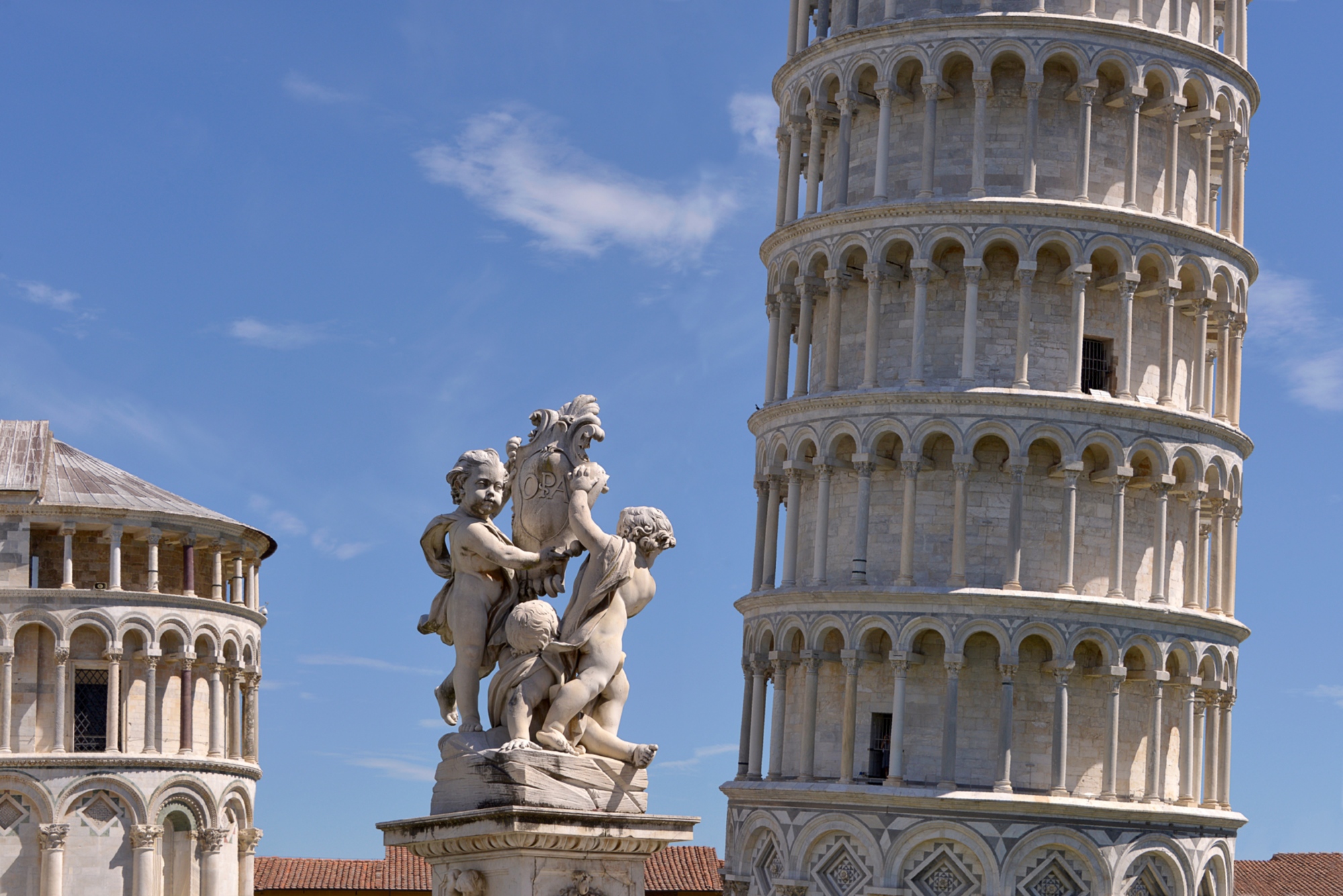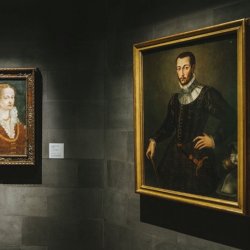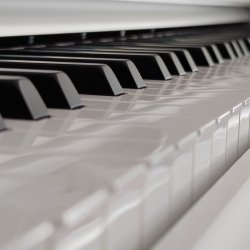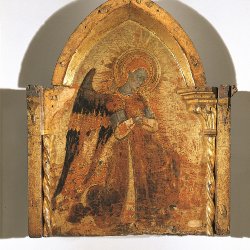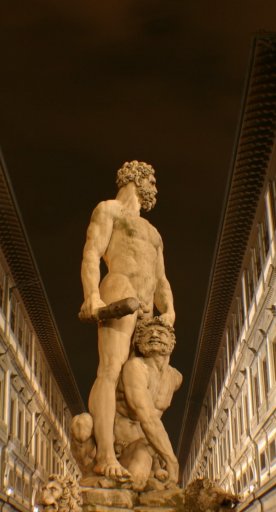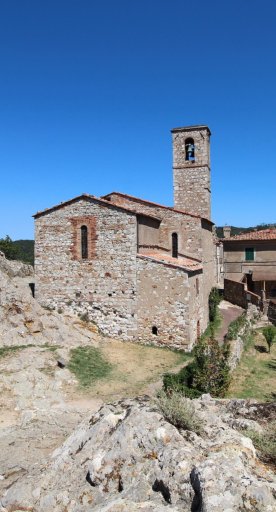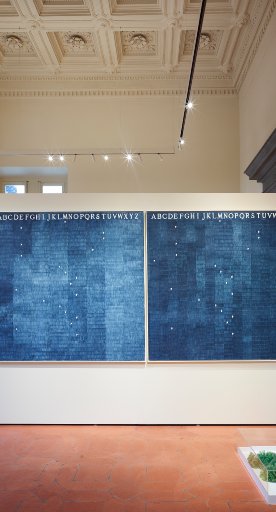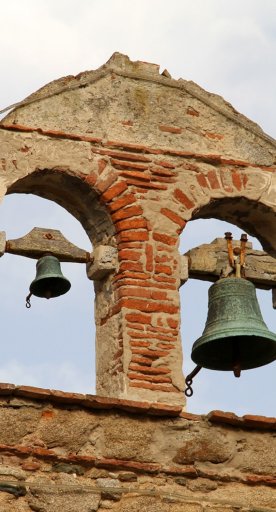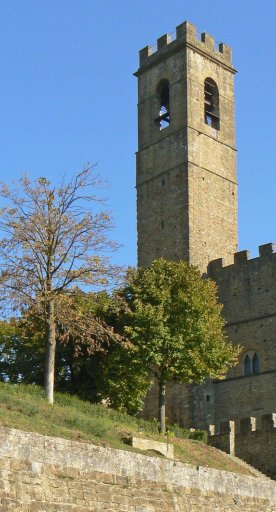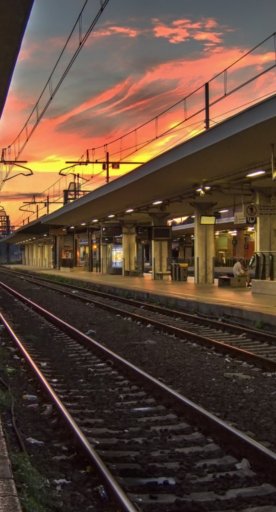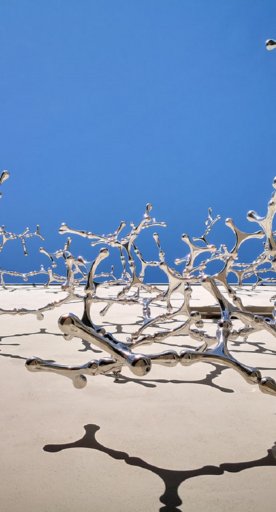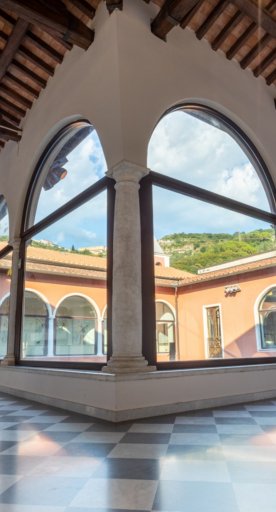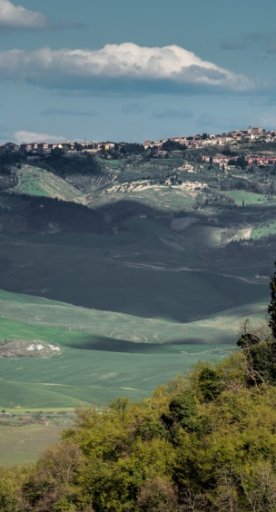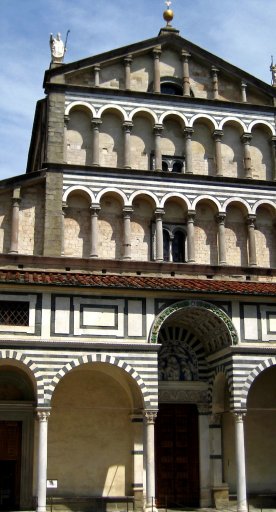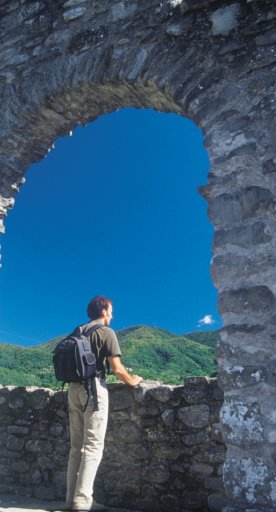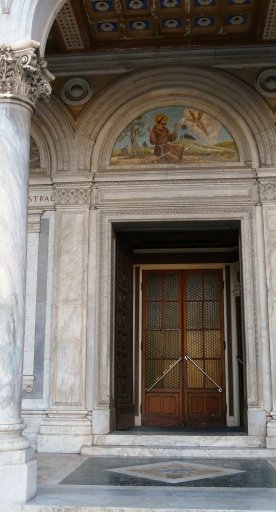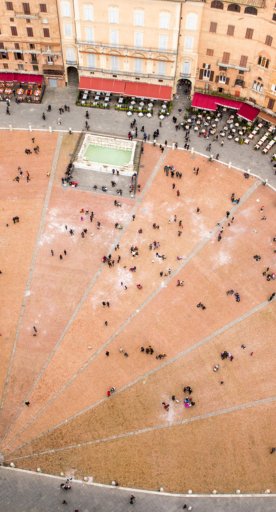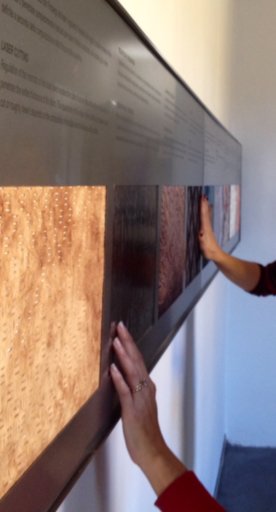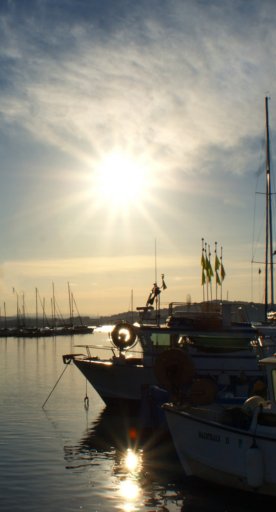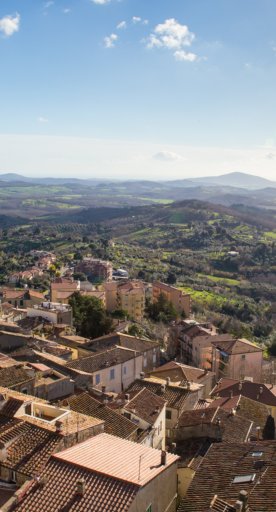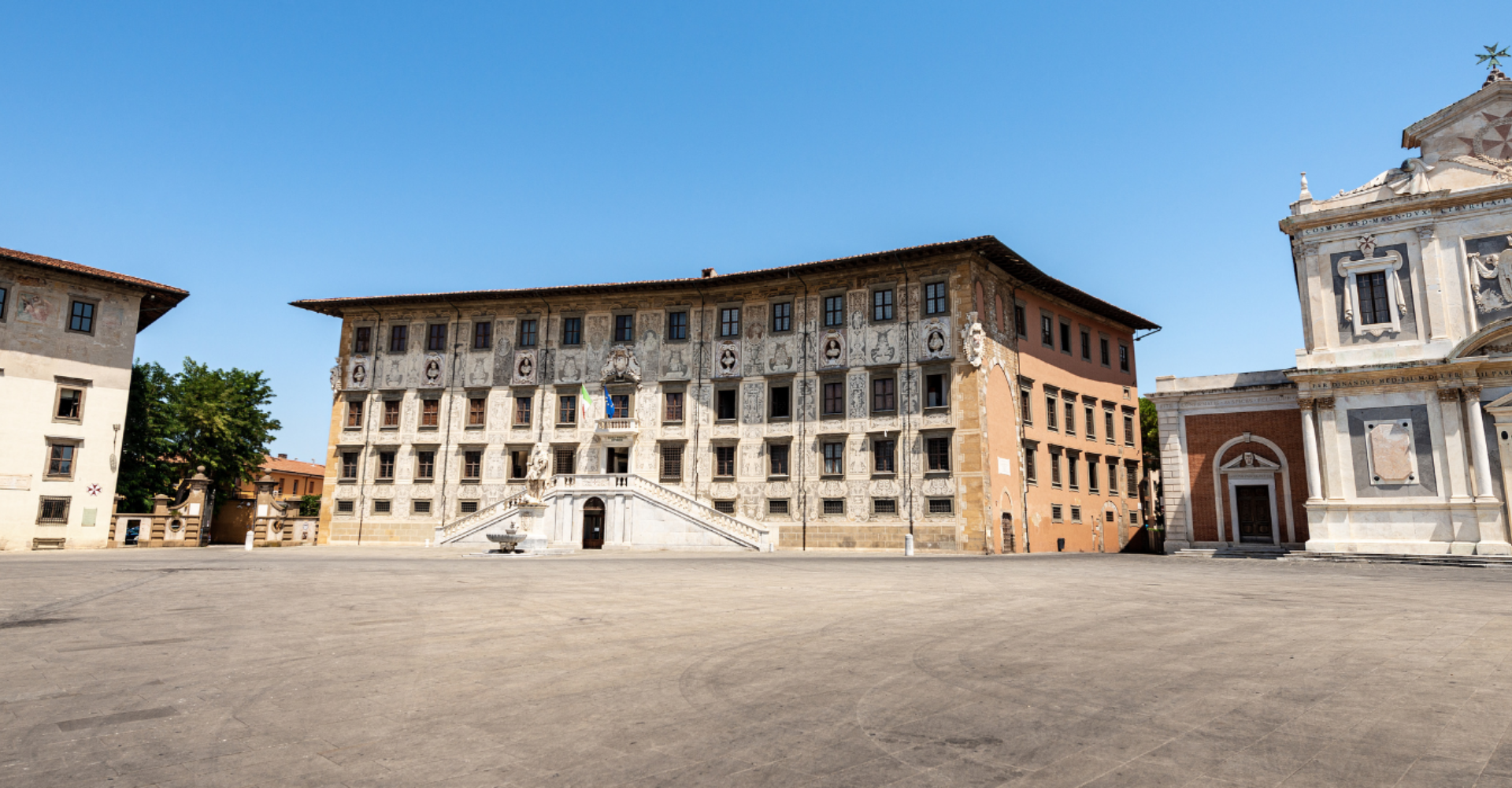
Dante and the Terre di Pisa places in the Divine Comedy
A tour in the Terre di Pisa on the trail of Dante Alighieri, the Supreme Poet
If we are looking to discover places linked to Dante in the Terre di Pisa, we must start from the city of the Leaning Tower: Pisa. The first stop on the itinerary is Piazza dei Cavalieri, which, at the time of the "fugitive ghibelline", was called Piazza delle Sette Vie and was the political administrative center.
-
1.Pisa - Piazza dei Cavalieri
-
2.Marina di Pisa - At the mouth of the river Arno
-
3.Vicopisano - The Caprona Tower
-
4.San Miniato - Rocca di Federico II
Pisa - Piazza dei Cavalieri
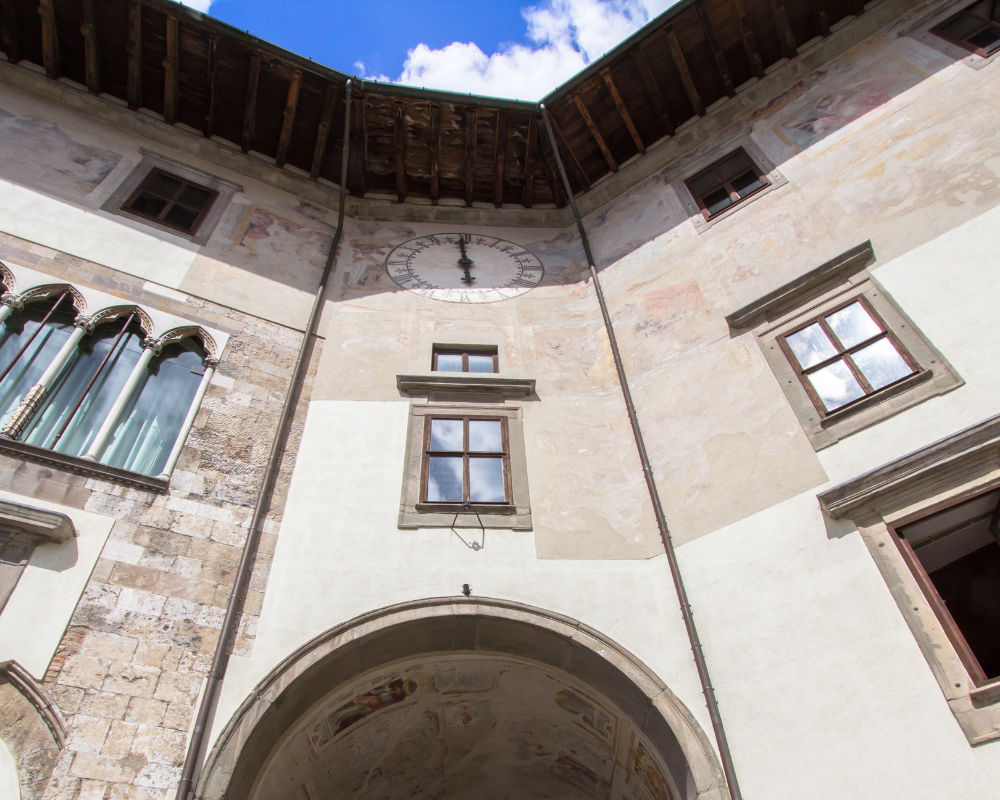
"Ahi, Pisa vituperio delle genti"
("Ouch, Pisa disgrace of all the peoples)"
The 33th canto in the Inferno of the Divine Comedy is set in the circle of the traitors, where Dante meets Ugolino della Gherardesca, who held important political roles. Accused of high treason in the naval defeat of Meloria against Genoa, he was imprisoned together with his four children in the Torre della Muda (later called 'Hunger Tower', as a plaque on the facade reports), located in Piazza dei Cavalieri. No one has ever known what really happened inside the tower. When the door was opened after eight months, five corpses were found that had all been chewed, probably by mice.
The line “Poscia, più che ‘l dolor, potè ‘l digiuno" ("Afterwards, the fasting was harder to bear than the pain") is open to different interpretations. It seems that Dante deliberately wanted to leave the question unsolved and wrapped in the mystery. Did Count Ugolino really chew the corpses of his sons or did he die along with them in pain and sorrow ?
In Piazza dei Cavalieri, in addition to the aforementioned tower, we also find Palazzo della Carovana, site of the Scuola Normale Superiore founded by Napoleon in 1810, and the Church of Santo Stefano dei Cavalieri, which preserves Turkish flags conquered in the battle of Lepanto (1571).
Marina di Pisa - At the mouth of the river Arno
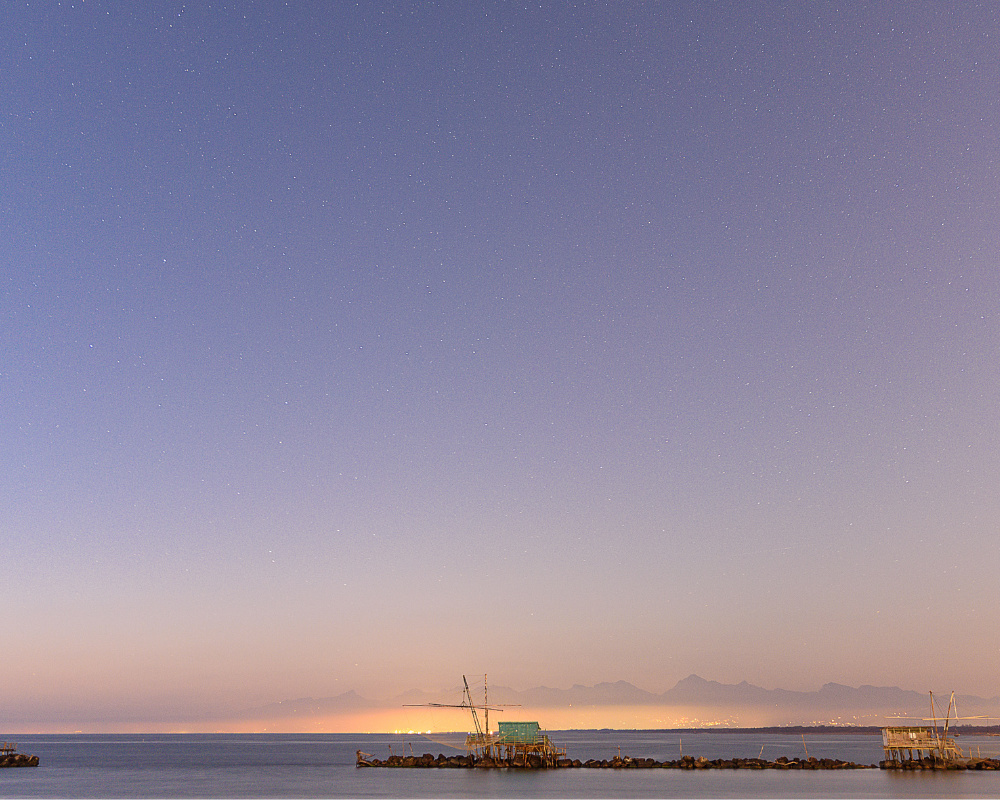
The second stop is on the coast about 12 km from Pisa, Marina di Pisa
The line "...e faccian siepe ad Arno in su la foce" ("...may the isles of Capraia and Gorgona make a barrier at the mouth of the river") refers to the mouth of the Arno river that flows into the sea after its 240 km course across Tuscany. From the river mouth, you can enjoy one of the most beautiful views of the Nature Park of San Rossore Migliarino Massaciuccoli, as well as revelling in the splendid view of Monte Pisano and the Apuan Alps.
Today, you can find the seaside resort of Marina di Pisa, with its tourist port, bathing establishments and an adventure park for children and teenagers. The waterfront is characterized by Liberty-style buildings that refer to the early twentieth century, when the poet Gabriele D'Annunzio spent long periods here in the company of the actress Eleonora Duse.
Vicopisano - The Caprona Tower
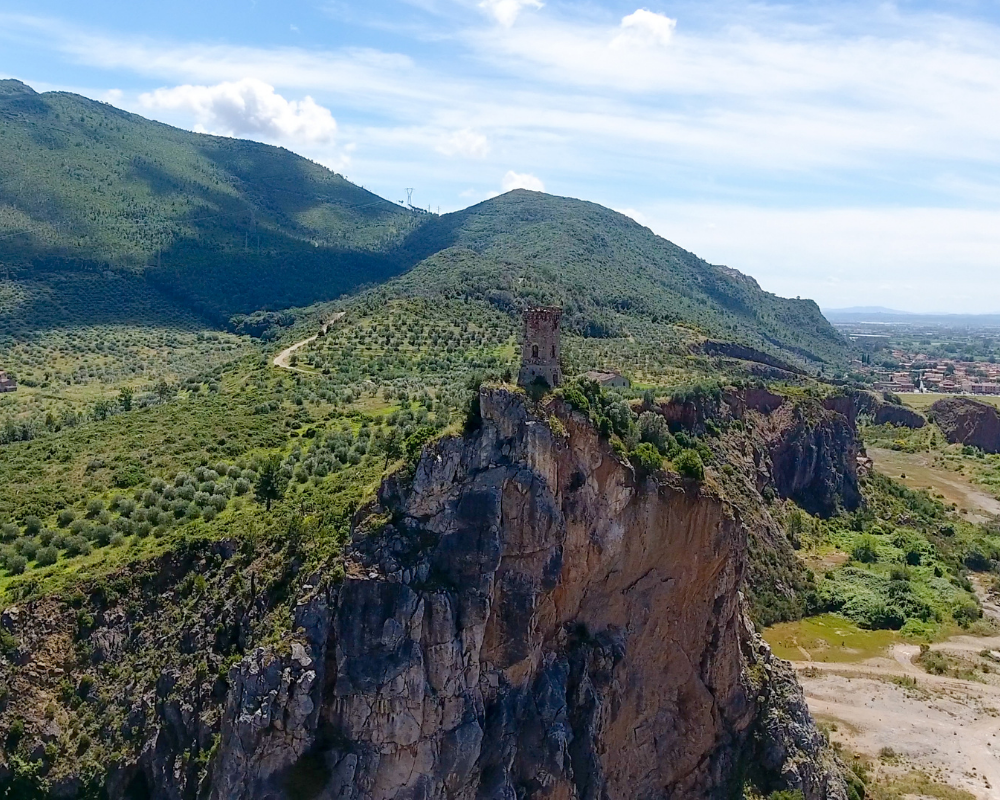
Leaving Pisa and travelling along the slopes of Monte Pisano, "per cui i Pisani veder Lucca non ponno", ( .. " because of that, Pisans can't see Lucca) you can see the majestic Torre degli Upezzinghi, better known as the Rocca di Caprona, mentioned in the 21st Canto of the Inferno (verses 94-96):
“così vid’io già temer li fanti
ch’uscivan patteggiati di Caprona
vegendo sé tra nemici cotanti”
("...so I could see the frightened soldiers coming out of Caprona surrounded by so many enemies" )
With these words, Dante recalls the victorious siege of the Florentine troop in the battle of 1289, in which the poet himself took part. The verses clearly refer to the fear of the Pisa soldiers after surrendering to the overwhelming number of Florentines.
The present Tower is located between the two gems of Calci, with its Monumental Charterhouse and the Museum of Natural History boasting the biggest freshwater Aquarium in Italy, and Vicopisano, a walled village with 13 Medieval tower houses and the impregnable Brunelleschi Fortress.
San Miniato - Rocca di Federico II

"Io son colui che tenni ambo le chiavi del Cor di Federigo...".
("I am the one who possessed both keys of Frederick's heart...").
The historic town of San Miniato is mentioned in the 13th Canto of the Inferno, in the "forest of those who committed suicide". Here, Dante recalls the tragic episode of Pier delle Vigne, personal counsellor of the Emperor Frederick the Second, who was falsely accused of high treason, imprisoned and blinded inside the present Rocca that still dominates the lovely historic center of the town.
It's said that Pier delle Vigne killed himself by smashing his head against the wall of his cell or perhaps by throwing himself from the top of the fortress itself. Alighieri reported a version shared by many contemporaries, such as Francesco di Bartolo, the first commentator of the poem and a native of the town of Buti.
In the Middle Ages, San Miniato was located along the Via Francigena and controlled most of the commercial traffic in Tuscany. Today, in addition to boasting a museum system of civil and religious buildings that recall the past as an imperial and episcopal city, it has also been declared a "slow food" presidium and is an excellent source of exquisite white truffles that are celebrated in November with a market fair held over three weekends that has a rich program of cultural and food and wine events.
